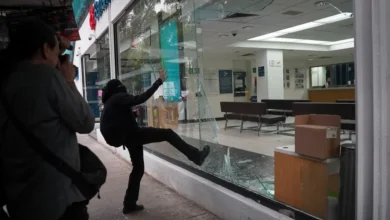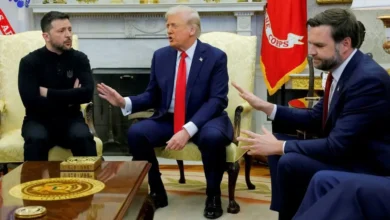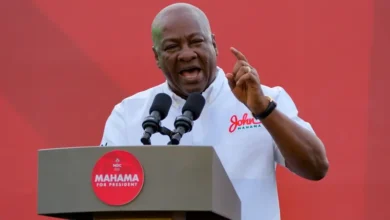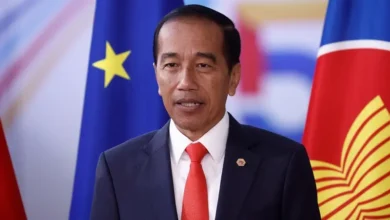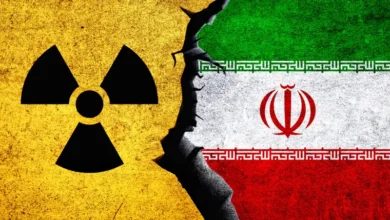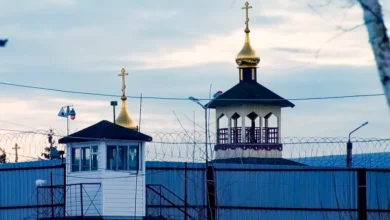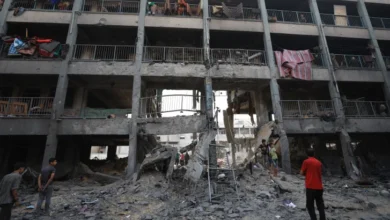Where are the Israeli captives taken in the Hamas-led October 7 attack?
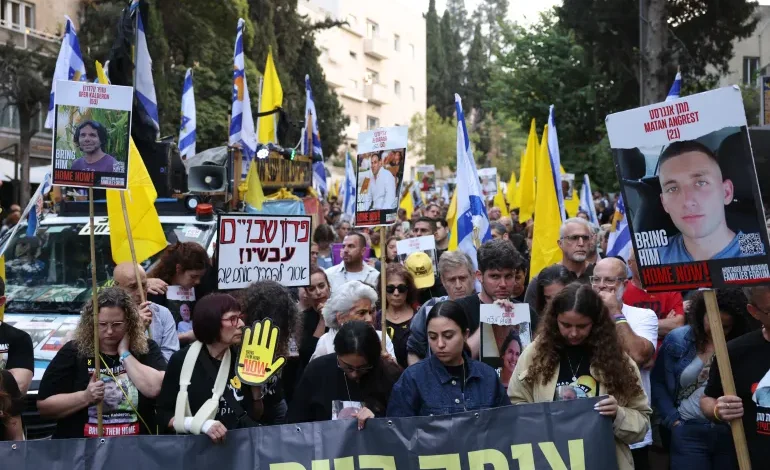
It has been a year since the Hamas-led attack on Israel in which 1,139 people were killed and about 250 captured and taken to the Gaza Strip.
Since October 7, 2023, Israel has killed more than 41,900 people in its genocide of the Palestinians in Gaza.
What happened on October 7 last year?
Palestinian armed groups led by Hamas’s armed wing attacked several areas in southern Israel.
Israeli officials said 251 people were taken captive, including women, men, children and the elderly.
Several were dual nationals. It is unclear how many of the captives hold dual citizenship. However, at least 15 of those released were from Mexico, Germany, Argentina, Ireland, the United States and South Africa.
The US says 12 Americans were taken captive and seven are still in captivity.
The captives were believed to have been taken to different locations in the Gaza Strip by fighters from different Palestinian groups.
What happened to the captives?
Nearly half the captives have been released. Others are still in captivity with some confirmed or feared dead.
Who did Hamas release?
- Some of the captives were unilaterally released by Hamas from October 20 to October 23, based on “humanitarian grounds”.
- Those released include: Natalie, 17, and Judith Tai Raanan, 59, (released on October 20) as well as Yochevid Lifshitz, 85, and Nurit Cooper, 79, (released on October 23).
- One hundred and five captives were released as part of a prisoner exchange mediated by the Qatari government from November 24 to December 1. They were 81 Israelis, 23 Thai workers and one person from the Philippines.
In return, Israel freed about 240 Palestinians imprisoned in Israel, many of whom were minors and many more who had not been convicted of a crime.
Within the first four days of the temporary ceasefire, Israel arrested more than 130 Palestinians in the occupied West Bank and East Jerusalem.
Did Israel get any captives out of Gaza?
Eight people have been rescued alive from Gaza by Israeli forces, often during heavy shelling that kills scores of Palestinians:
- On October 31, Israeli forces rescued a female soldier, 18-year-old Ori Megidish, from northern Gaza.
- On February 12, two Argentinian-Israeli men – Louis Har, 70, and Fernando Marman, 60 – were rescued in Rafah in a raid that reportedly killed 100 Palestinians.
- On June 8, Israeli soldiers killed more than 270 people and injured 700 in a raid to rescue four captives from the Nuseirat refugee camp: Noa Argamani, 25; Andrey Kovlov, 27; Shlomi Ziv, 40; and Almog Meir Jan, 21.
- One man, Kaid Farhan Elkadi, 52, was found in southern Gaza on August 24 by Israeli soldiers.
- On August 12, Abu Obeida, a spokesperson for Hamas’s military wing, the Qassam Brigades, confirmed that Hamas guards had killed a male captive and seriously wounded two female captives in separate incidents.
- On Monday, the Israeli group Hostages and Missing Families Forum said in a statement on X that officials informed the family of Idan Shtivi, a 28-year-old male captive, of his death.At least 33 bodies have been recovered, according to Israeli forces, including:
- Three captives who were killed by Israel on November 10 in an air raid that Israel said targeted a tunnel where Hamas commander Ahmed Ghandour operated. Officials initially denied Israel was responsible for the killings but admitted that it was “likely” last month.
- Three men who had escaped their captors and were killed by Israeli forces on December 15 in the Shujayea area of Gaza. The soldiers opened fire even though the three men waved white flags and spoke in Hebrew to the soldiers.
- Six captives who were found dead in a tunnel complex in Rafah on September 1. Hamas said they had been killed by Israeli bombs. Israel said they were shot by Hamas members.
What’s next?
Despite pressure from families of the remaining captives to accept a ceasefire Hamas proposed that would see all of them freed, Israeli Prime Minister Benjamin Netanyahu is insisting that Hamas must release the captives before any ceasefire can be negotiated.
Netanyahu has faced even more pressure from the families as Israel has widened its war by attacking Lebanon last week.
Some accuse Netanyahu of not prioritising the captives but focusing instead on starting wars with Israel’s neighbours for political gain.
A captive deal “has certainly fallen off the table when it comes to this government”, Al Jazeera’s Stephanie Dekker said.
Demonstrations demanding the release of the captives have been held weekly in Israeli cities in recent months.
Hamas, meanwhile, has maintained it will not release the captives unless Israel agrees to and implements a complete ceasefire in Gaza.
